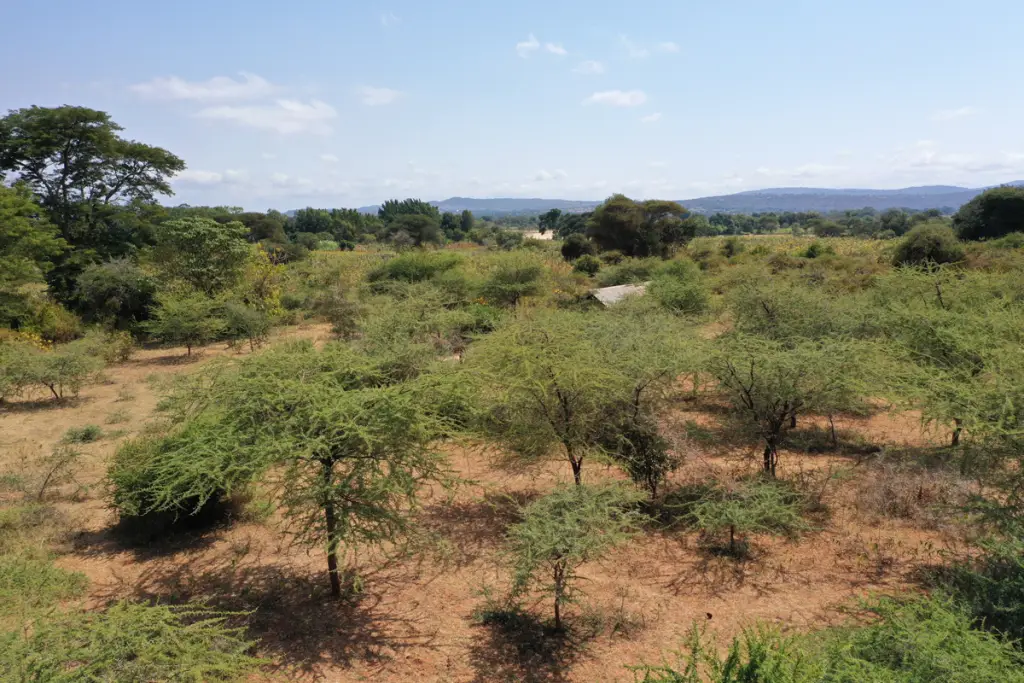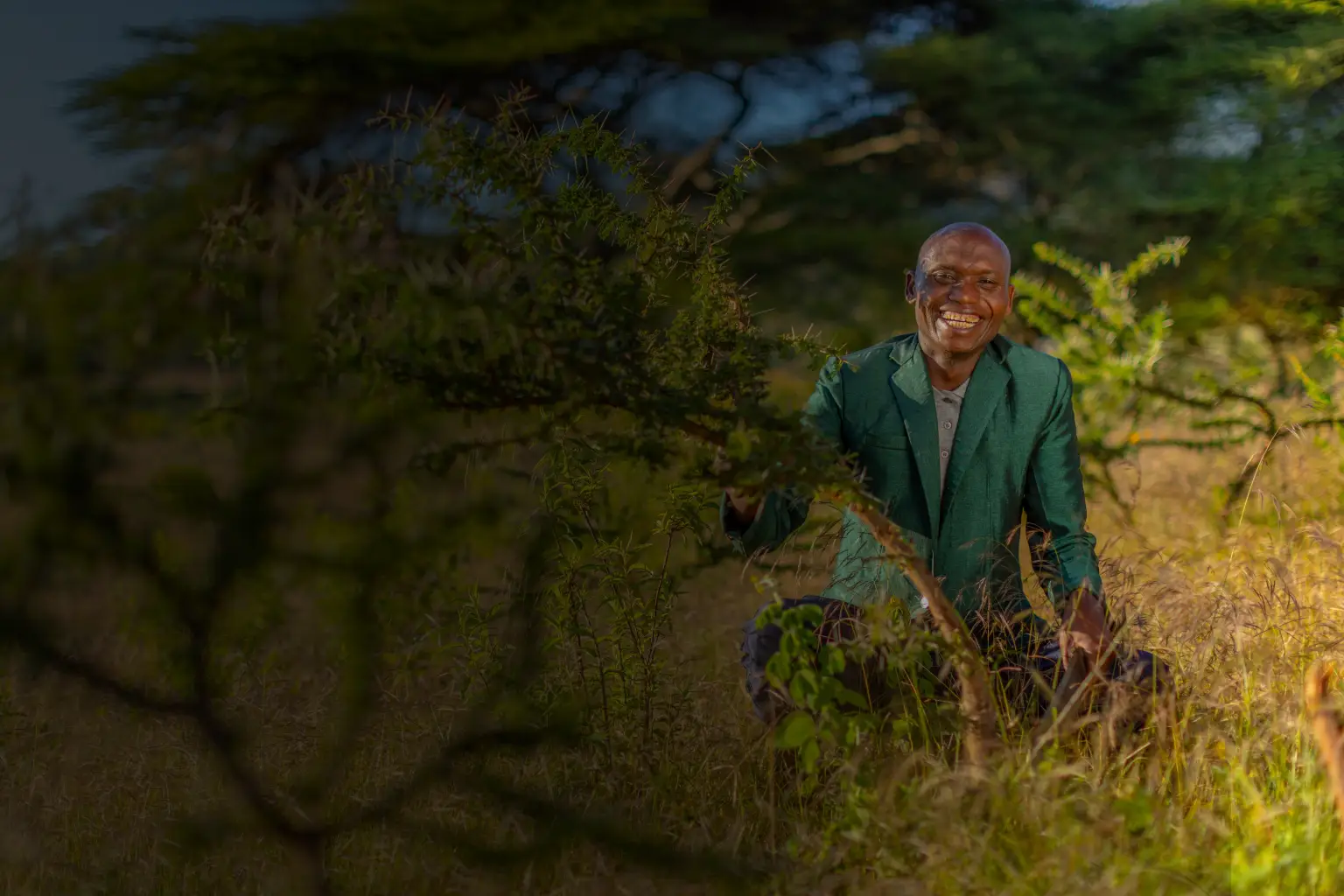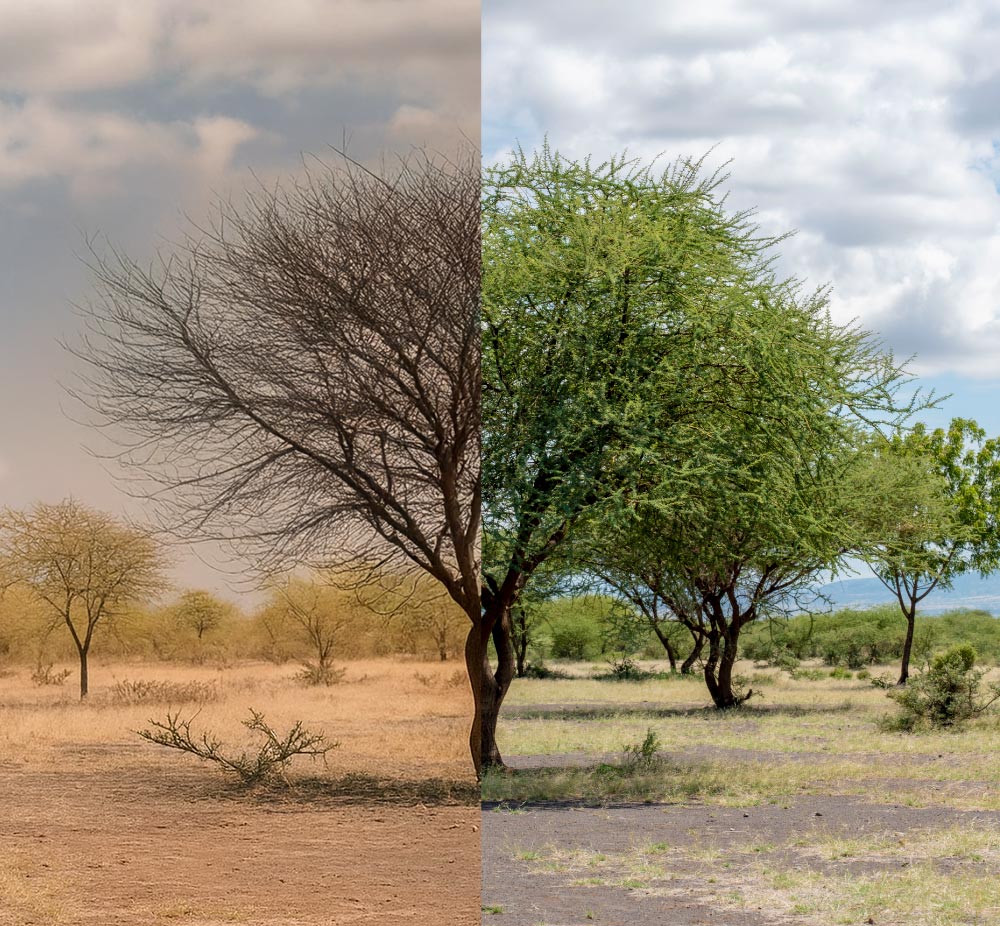Our impact
We grow forests, restore ecosystems, and drive measurable change while providing a meaningful experience to everyone who joins along.
Trees do more than grow; they give.
Trees provide fruit and medicine for communities, food and shelter for wildlife, enrich the soil, store CO₂, and help restore water balance in drylands
By restoring forests and planting new trees, we help revive ecosystems and support the healing of our planet.

Our impact to date
As of 2025, together with our partners we have:
- Sequestered 1 million kg of CO₂ to date, with over 18 million kg projected over the trees’ lifetime
- Retained 210 million liters of water, with a lifetime retention of 2.1 billion liters
- Improved livelihoods of 1334 surrounding households

Our impact to date
As of 2022, together with our partners we have:
- Restored 98K trees, actively regenerating ecosystems
- Sequestered 1 million kg of CO₂ to date, with over 18 million kg projected over the trees’ lifetime
- Retained 210 million liters of water, with a lifetime retention of 2.1 billion liters
- Improved livelihoods of 1334 surrounding households
It is our mission to restore millions of trees more.
That’s why we need to work together with companies and individuals across the globe to make a true green impact. Start your company forest or gift trees today and help us make a lasting difference.
We bring trees back to life with the help of trusted partners, like Justdiggit and Bôndy.
Our partners share their knowledge with local communities, helping farmers regrow trees that were once cut down and plant new ones with strong roots and a future.
These trees do more than grow. They bring the land back to life. They cool the soil, store carbon, and help water return to the ground. They feed families, offer shelter to wildlife, and carry leaves full of medicine and hope.

Restoring nature has many positive effects:

CO₂ Reduction
Trees are nature’s most efficient carbon capture system. As they grow, they absorb carbon dioxide from the atmosphere and release oxygen, helping to cool the planet. Over its lifetime, a single tree can remove around 240 kg of CO₂, making every planted tree a long-term investment in climate stability. It’s a small action with powerful benefits.
Water retention
Tree canopies slow rainfall, allowing water to gently filter into the soil rather than washing away. This natural process reduces erosion, replenishes groundwater, and safeguards water supplies—with one tree retaining up to 1,371 litres of water per year. The result? Healthier landscapes, even in times of drought.
Improved livelihoods
Restoring and planting trees enhances soil fertility, increases crop yields, and protects against climate extremes. For farmers, this means better harvests, higher incomes, and more resilient food systems. Nature restoration doesn’t just improve land—it empowers communities with long-term economic and food security.
Increased biodiversity
With trees come ecosystems. Forest restoration provides vital habitat for birds, insects, mammals, and native plants, many of which can only thrive in healthy tree cover. Every thriving tree is a step toward richer biodiversity, stronger ecosystems, and a more vibrant, balanced planet.
Sustainable Development Goals we focus on:
Zero hunger
SDG 2
Trees provide fruits, nuts, and fodder for animals, while also boosting crop yields. This increase in productivity supports farmers’ incomes, promotes sustainable agriculture, and strengthens food security.
Decent work and economic growth
SDG 8
Ecosystem restoration is carried out in close collaboration with local partners and farmers, who support and maintain the projects for up to 20 years. The result is improved crop yields, increased income, and long-term economic resilience.
Climate action
SDG 13
Ecosystem restoration helps sequester CO₂, retain water, and enhance biodiversity. Trees also cool microclimates, increase rainfall, and reduce heat stress on crops—key actions in the fight against climate change.
Life on land
SDG 15
Bringing back trees combats desertification, reverses land degradation and has a positive effect on biodiversity.